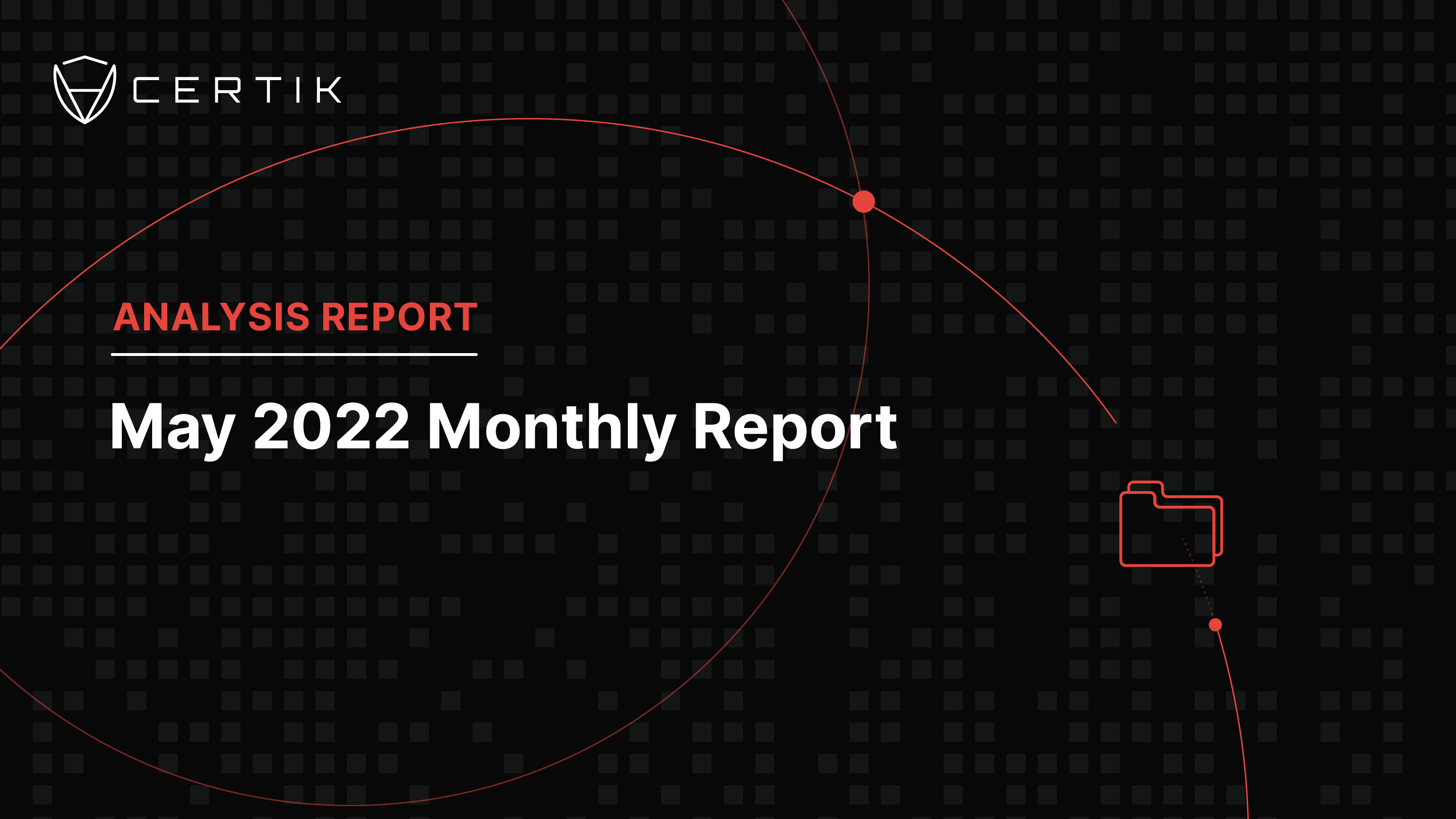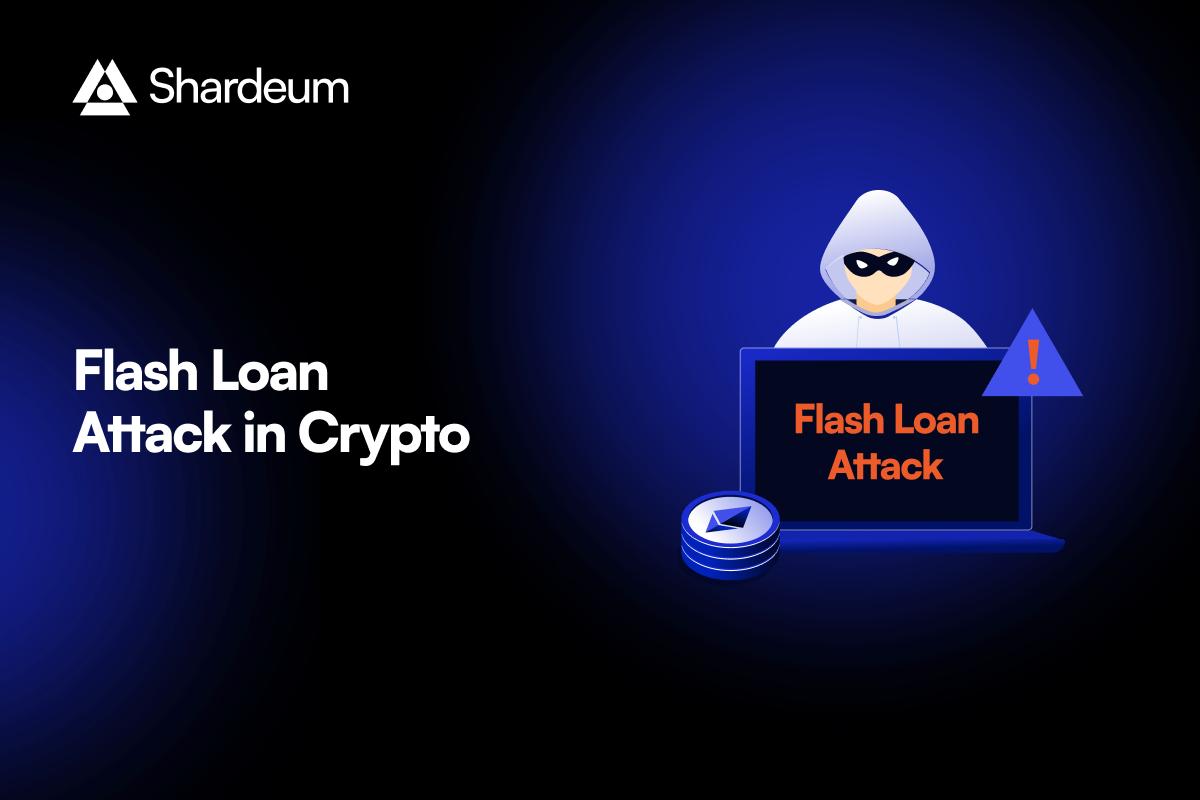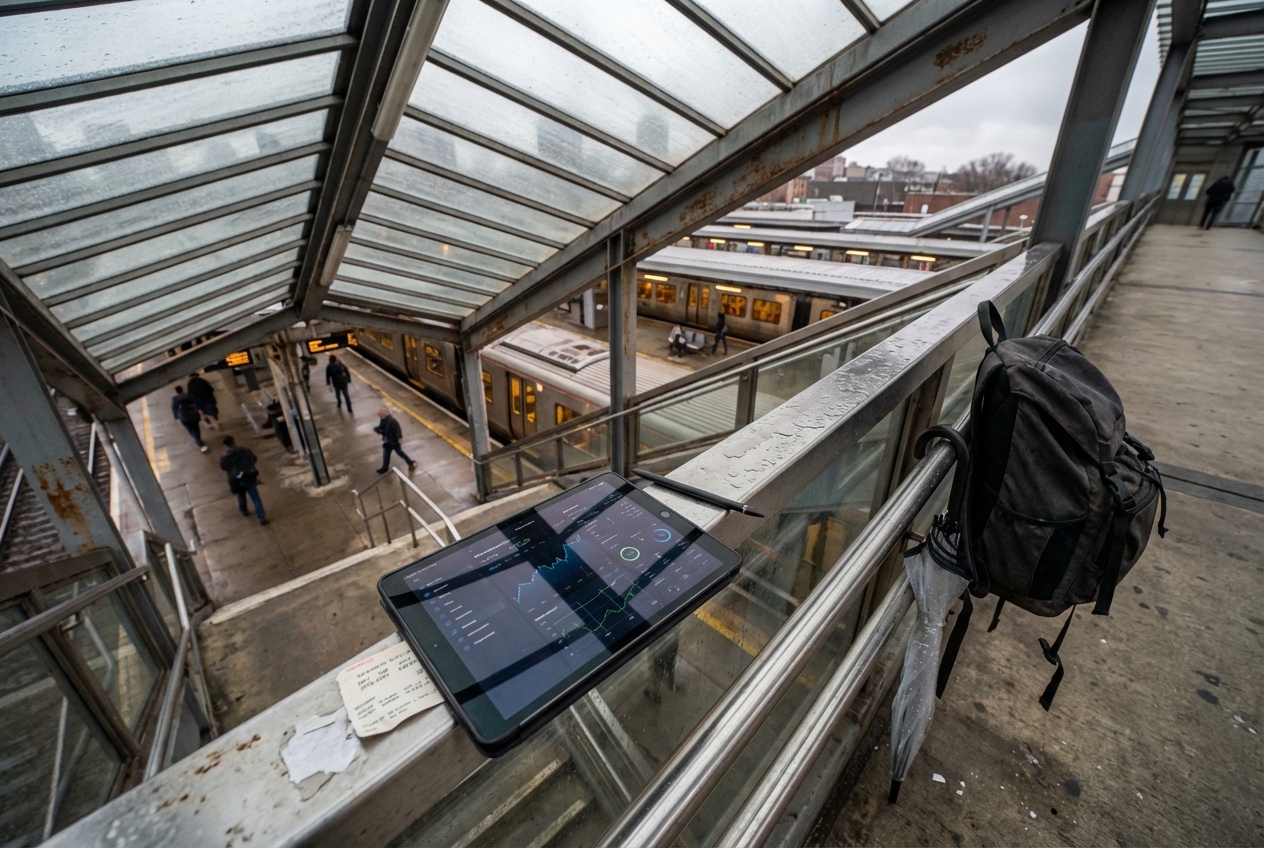
The world of DeFi is exhilarating, but it’s not for the faint of heart. Smart contract exploits have become infamous for draining millions in seconds, leaving users and protocols scrambling to recover. In 2022, a string of high-profile hacks shook the industry’s confidence and put DeFi insurance solutions to the ultimate test. Let’s break down three of the most significant smart contract exploit case studies from Q1-Q3 2022, examining not only how these attacks unfolded, but also how insurance providers responded under extreme pressure.

Wormhole Bridge Hack: $325M Stolen and a Test for Insurance
In February 2022, the Wormhole Bridge hack sent shockwaves through the DeFi ecosystem. Attackers exploited a vulnerability in Wormhole’s cross-chain bridge smart contract, allowing them to mint 120,000 wrapped ETH (wETH) on Solana without providing any collateral – effectively printing $325 million in ETH out of thin air. This was one of the largest DeFi exploits to date and highlighted just how vulnerable even well-audited protocols can be.
From an insurance perspective, this incident was pivotal. Providers like Unslashed had to process substantial claims from users who held coverage against smart contract failure. The event exposed both strengths and weaknesses in DeFi insurance models: while some policies paid out promptly, others faced delays due to ambiguous policy wording or disputes over whether bridge contracts were covered.
Key takeaway: The Wormhole exploit forced insurance protocols to clarify their terms and re-evaluate risk assessment for cross-chain bridges – a notoriously tricky security challenge still facing the industry today.
Ronin Network Exploit: $625M Loss Drives Insurance Scrutiny
Just one month later, March 2022 saw an even larger attack: the Ronin Network exploit. Attackers compromised five out of nine validator nodes controlling Ronin’s bridge (used by Axie Infinity), leveraging both social engineering and a smart contract vulnerability. The result? A jaw-dropping $625 million drained in ETH and USDC.
This breach underscored two crucial points for DeFi insurance response:
- Comprehensive Coverage is Critical: Many users learned that standard smart contract coverage didn’t always extend to validator node compromise or governance failures.
- Policy Terms Matter: Insurers scrambled to clarify exclusions around multi-signature wallets and off-chain governance mechanisms after this event.
The Ronin hack led to increased scrutiny over what exactly constitutes a covered event in DeFi hacks insurance policies – prompting several providers to update their documentation and risk models accordingly.
Major DeFi Smart Contract Exploits of Q1-Q3 2022
-

Wormhole Bridge Hack (February 2022): $325M in ETH stolenIn one of the largest DeFi exploits, attackers exploited a smart contract vulnerability in the Wormhole cross-chain bridge, resulting in the loss of $325 million in ETH. This incident prompted insurance providers like Unslashed to process significant claims, highlighting the critical role of DeFi insurance in covering cross-chain risks.
-

Ronin Network Exploit (March 2022): $625M lossAttackers compromised validator nodes and exploited a smart contract flaw on the Ronin Network, leading to a staggering $625 million loss. This event underscored the need for comprehensive DeFi insurance and led to increased scrutiny of coverage terms across the industry.
-

Beanstalk Farms Flash Loan Attack (April 2022): $182M drainedA sophisticated governance exploit using flash loans allowed attackers to drain $182 million from Beanstalk Farms. The incident tested the responsiveness and payout mechanisms of DeFi insurance platforms like Nexus Mutual, offering valuable lessons for future risk mitigation.
Beanstalk Farms Flash Loan Attack: Governance Exploits Put Insurance Payouts Under Pressure
The Beanstalk Farms incident in April 2022 added another twist: this time attackers used flash loans – borrowing large sums with zero collateral – to gain overwhelming voting power in Beanstalk’s governance system. They passed a malicious proposal that allowed them to siphon off $182 million from protocol reserves before repaying their flash loan within a single Ethereum block.
This exploit tested not just protocol security but also insurance payout mechanisms. Nexus Mutual, one of the leading decentralized insurers, faced its first major claims involving governance manipulation via flash loans. The case raised tough questions about whether such attacks are considered smart contract failures or governance risks – often treated differently by underwriters.
Lesson learned: As attack vectors evolve beyond code bugs into governance manipulation, insurers must adapt their frameworks if they want to remain relevant protection providers for complex DeFi systems.
Each of these high-profile exploits exposed unique pain points not just for protocols, but also for users seeking peace of mind through DeFi insurance. The aftermath revealed both the promise and the growing pains of decentralized risk management.
Insurance Response Analysis: Where Did Coverage Deliver?
Following the Wormhole Bridge hack, Unslashed processed a wave of claims. While some policyholders received payouts, others encountered delays as insurers debated over technical definitions, was the exploit a smart contract failure or a broader operational risk? This ambiguity triggered a much-needed industry-wide push for clearer policy language and more transparent claims processes. For many affected by the Ronin Network exploit, coverage gaps became painfully obvious. Policies often excluded losses tied to validator node compromise, leaving users exposed despite paying premiums.
Beanstalk’s case was especially challenging for Nexus Mutual and similar providers. Governance exploits using flash loans blurred the line between code vulnerability and protocol design flaws. Some claims were honored, but others were denied due to fine print exclusions around governance attacks. This led to heated debates within insurance DAOs about what constitutes a legitimate smart contract exploit versus a governance loophole.
Lessons for Future Risk Mitigation
The 2022 exploit wave forced insurers to rethink everything from underwriting to claim adjudication:
- Clarity Over Coverage: Users now demand explicit definitions of what is, and isn’t, covered in their policies, especially regarding bridges and governance systems.
- Dynamic Risk Assessment: Insurers are partnering with security auditors and leveraging real-time monitoring tools to better evaluate evolving threats.
- Community Governance: Decentralized insurance DAOs are experimenting with member voting on contentious claims, making decisions more transparent (but sometimes slower).
The sector is also seeing increased collaboration between protocols and insurers during audits and post-mortems, a trend that could lead to more robust products in the future. For example, some projects now require third-party insurance or proof of audit before launching on mainnet.
What’s Next? DeFi Insurance Is Growing Up
If there’s one thing these case studies make clear, it’s that DeFi insurance is still maturing. The biggest smart contract exploit case studies, Wormhole Bridge ($325M), Ronin Network ($625M), Beanstalk Farms ($182M): were watershed moments that reshaped both user expectations and provider strategies. As new attack vectors emerge (like cross-chain vulnerabilities or governance takeovers), insurers will need to keep evolving their models, and users should always read the fine print before trusting any coverage.
Top DeFi Insurance Lessons from 2022’s Biggest Hacks
-

Wormhole Bridge Hack (February 2022): $325M in ETH stolen due to a smart contract vulnerability in the cross-chain bridge. This was one of the largest DeFi exploits, forcing insurance providers like Unslashed to process significant claims and highlighting the importance of robust risk assessment for cross-chain protocols.
-

Ronin Network Exploit (March 2022): $625M loss after attackers compromised validator nodes and exploited a smart contract flaw. The scale of this incident underscored the need for comprehensive DeFi insurance and led to increased scrutiny of policy coverage terms across the industry.
-

Beanstalk Farms Flash Loan Attack (April 2022): $182M drained via a governance exploit using flash loans. This attack tested the responsiveness and payout mechanisms of DeFi insurance platforms like Nexus Mutual, emphasizing the need for rapid claim processing and clear coverage criteria.
The upside? Each crisis has spurred innovation. We’re seeing smarter underwriting, more active community participation in claims, and greater transparency across leading platforms like Nexus Mutual and Unslashed. As decentralized finance continues its rapid growth, robust risk mitigation, including adaptive insurance solutions, will be key to building long-term trust in the ecosystem.






